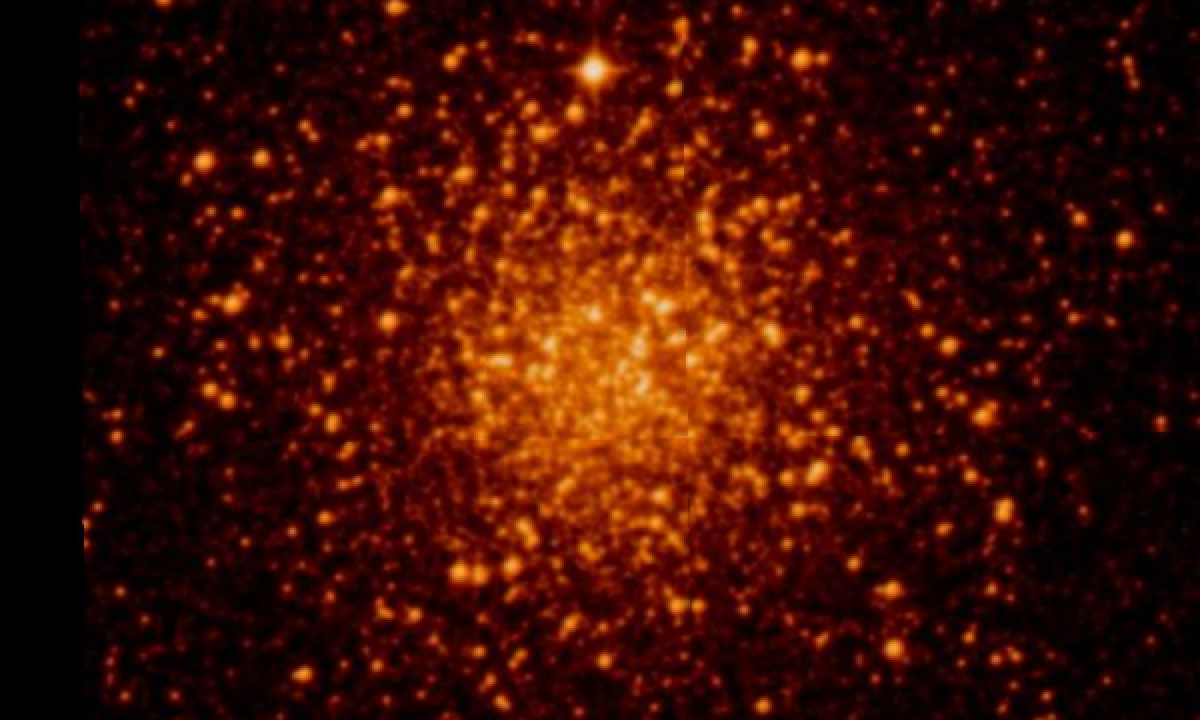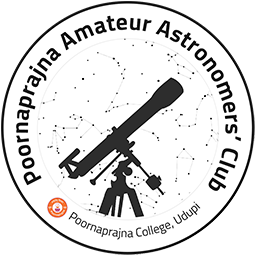The New General Catalogue of Nebulae and Clusters of Stars (abbreviated as NGC) is a catalogue of deep-sky objects compiled by John Louis Emil Dreyer in 1888. The NGC contains 7,840 objects, known as the NGC objects. It is one of the largest comprehensive catalogues, as it includes all types of deep space objects, including galaxies, star clusters, emission nebulae and absorption nebulae.
Know more about NGC
NGC 4833

NGC 4833 is a globular cluster discovered by Abbe Lacaille during his 1751-1752 journey to South Africa, and catalogued in 1755. It was subsequently observed and catalogued by James Dunlop and Sir John Herschel whose instruments could resolve it into individual stars. The globular cluster is situated in the very southerly constellation Musca at a distance of 21,500 light years from Earth. It is located near the Coalsack Nebula and is partially obscured by this dusty region of the galactic plane. After corrections for the reddening by dust, evidence was obtained that it is in the order of 2 billion years older than globular clusters M5 or M92. This is a massive, metal-poor globular cluster that shows evidence for multiple generations of stars. It is an old halo cluster of the Oosterhoff type II. The orbit of the cluster through the galaxy is very eccentric, with an eccentricity of 0.84 that carries it close to the Galactic Center. The cluster has likely lost a significant portion of its original mass due to interactions with the galactic bulge. A 2012 survey for variable stars identified six SX Phe, two eclipsing binaries (including a W UMa), and 19 RR Lyr variables.
More Images:

Sources:
Wikipedia Page: NGC 4833
NGC 4833 at In-The-Sky website
